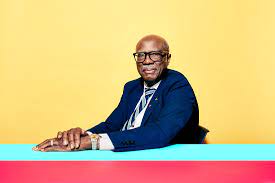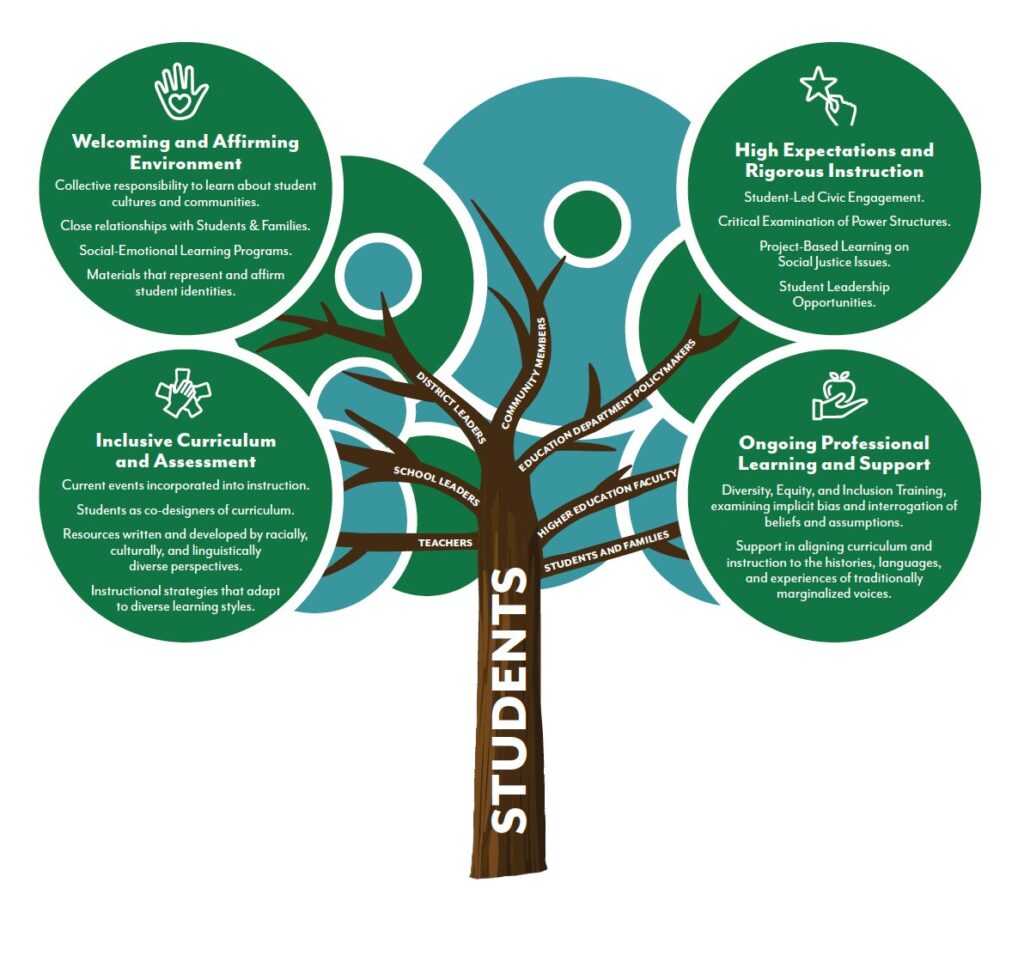
When you envision your future classroom full of students, what does it look like? How does it sound? What do your students have in common? How do they differ? Reflecting on these questions is valuable. Hopefully, you will come to understand that you are not going to be teaching a class of students, as much as a collection of individuals, each with their own strengths, talents, weaknesses, personalities and needs. There are many ways in which your future students may differ. The following is a brief overview of some of the myriad factors that will make your students unique and, in some cases, challenging.
As defined by the National Education Association (www.nea.org, n.d.), diversity is “the sum of the ways that people are both alike and different” (para. 1). The NEA goes on to list a variety of dimensions that are included in diversity. Some of these are: “race, ethnicity, gender, sexual orientation, language, culture, religion, mental and physical ability, class and immigration status” (para. 1, www.nea.org, n.d.). It is such diversity that creates both richness and challenge within a classroom. The variety of students in one’s classroom provide many opportunities for learning and growth for everyone in that community. Concurrently, such diversity brings with it many related challenges such as the need for differentiated learning techniques to meet the needs of every student. Individual perspectives relating to diversity can provide the fuel for bullying and harassment of students. And these are just two potential issues; there are many more.
Reflect on the Following:

Some of the many dimensions of student diversity as noted by the NEA (n.d. )
What does each of these mean to you? Where do you fit in each of these categories? What was your school like regarding diversity on these levels? Is anything missing?
You might identify your own attitudes toward diversity by remembering certain pivotal moments in your life. Ask yourself the following questions:
- Recall the incident in which you first became aware of differences. What was your reaction? Were you the focus of attention or were others? How did that affect how you reacted to the situation?
- What are the “messages” that you learned about various “minorities” or “majorities” when you were a child? At home? In school? Have your views changed considerably since then? Why or why not?
- Recall an experience in which your own difference put you in an uncomfortable position vis-à-vis the people directly around you. What was that difference? How did it affect you?
- How do your memories of differences affect you today? How do they (or might they) affect your teaching?

By Nick Youngson is licensed under CC BY-SA 3.0, Alpha Stock Images, http://alphastockimages.com/
Another term we hear used a lot regarding today’s classrooms is multicultural. When you think of the word culture, what comes to mind? The word means different things to different people. Culture is a very all-encompassing concept and includes the many things that combine to make one community or group different from another, such as their: values, clothing, religion, holidays, traditions, language, music, literature, beliefs and expectations (Alsubaie, 2015; Perso, 2012). If we look at culture that way, it is clear that everyone is coming from their own unique cultural experience, including students and teachers. The culture of the teacher and the students in one classroom will affect the education process found there (Alsubaie, 2015). It is, therefore, very important to seek to understand both your own background and cultural beliefs and those of your students. As stated by Alsubaie (2015) “teachers who learn more about their students’ backgrounds, cultures and experiences will feel more capable and efficient in their work as teachers” (p. 88). The more aware you become of your own personal set of beliefs, values and expectations, and even of your own biases, the better able you will be to seek to understand your future students.

Dr. James Banks is considered to be a highly influential scholar, and some say “founder”, of multicultural education, a pedagogical approach that works to ensure all students have equal access to learning. Multicultural education in his view has five dimensions: cultural integration, knowledge construction, prejudice reduction, equity pedagogy, and empowering school culture (chrome-extension://efaidnbmnnnibpcajpcglclefindmkaj/https://www.learner.org/wp-content/uploads/2019/02/3.Multiculturalism.pdf).
Related to this early work by Dr. Banks, the New York State Education Department has adopted a Culturally Responsive-Sustaining Framework (2018). “The CR-S framework helps educators create student-centered learning environments that affirm racial, linguistic and cultural identities; prepare students for rigor and independent learning, develop students’ abilities to connect across lines of difference; elevate historically marginalized voices; and empower students as agents of social change” (NYSED, n.d.).

“The CR-S framework helps educators create student-centered learning environments that: affirm racial, linguistic and cultural identities; prepare students for rigor and independent learning; develop students’ abilities to connect across lines of difference; elevate historically marginalized voices; and empower students as agents of social change.” (NYSED, 2018)
Candela Citations
- Foundations of Education. Authored by: SUNY Oneonta Education Department. License: CC BY: Attribution
- Photo of Children. Authored by: Terry Dawson. Located at: https://www.flickr.com/photos/11561948@N00/1244936886. License: CC BY-NC-SA: Attribution-NonCommercial-ShareAlike
